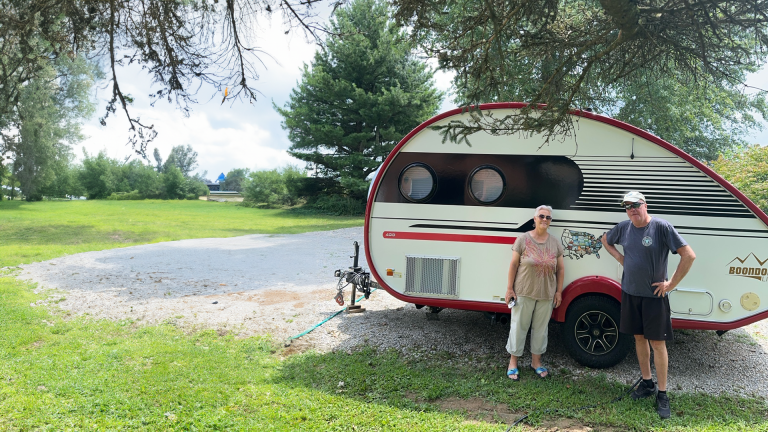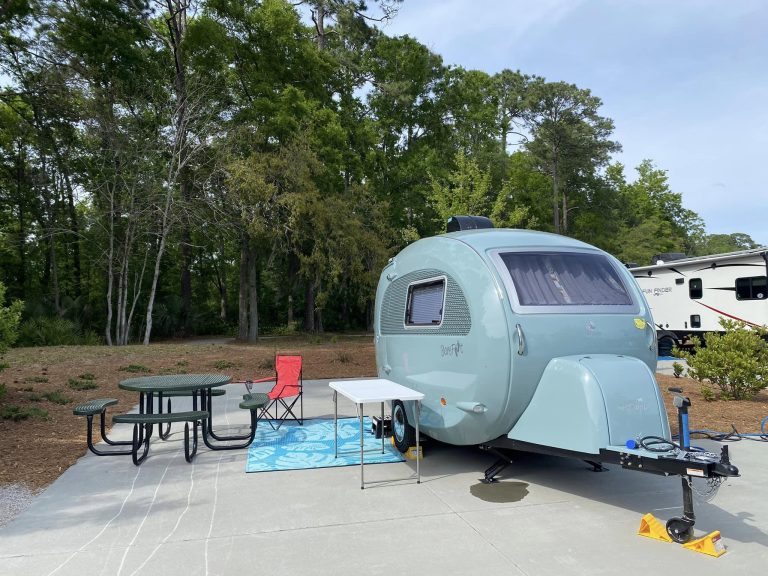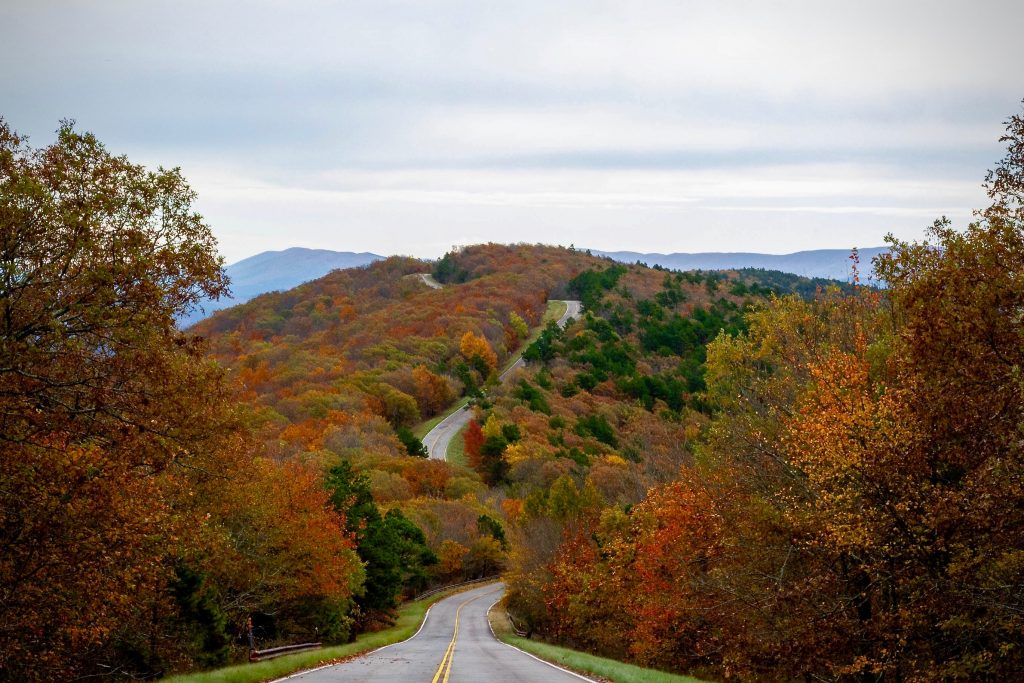If you haven’t explored our 46th state, then add Oklahoma and its four scenic byways to your must-see list for your next road trip.
According to National Geographic Kids, the state has 10 different geographic regions: the Ozark Plateau, Prairie Plains, Ouachita Mountains region, Sandstone Hills region, Arbuckle Mountains, Wichita Mountains National Wildlife Refuge, Red River Valley, Red Beds Plains, Gypsum Hills, and High Plains. And within those 10 regions are a variety of tourist attractions, historic sites, and outdoor activities accessible to the adventurous who are driving along the scenic routes and byways crisscrossing the state.
Check out these key points in Oklahoma from America’s Byways® list.
Cherokee Hills Byway
The 84-mile Cherokee Hills Byway in the foothills of the Ozark Mountains showcases the diversity that can be found in the eastern part of the state, from its natural beauty to its cultural offerings and historic sites, including a portion of the Trail of Tears. The byway runs from West Siloam Springs at the Oklahoma/Arkansas border southwest to Interstate 40. Scenic locations include Lake Tenkiller, the clearest body of water in Oklahoma that’s ideal for water activities; Cookson Hills that includes 14,725-acre Cookson Wildlife Management Area; and Tahlequah, the Capitol of the Cherokee Nation. Other points of interest include Natural Falls State Park, Fort Gibson Lake and Webbers Falls Reservoir, Spiro Mounds Archaeological State Park, and Cherokee Heritage Center.
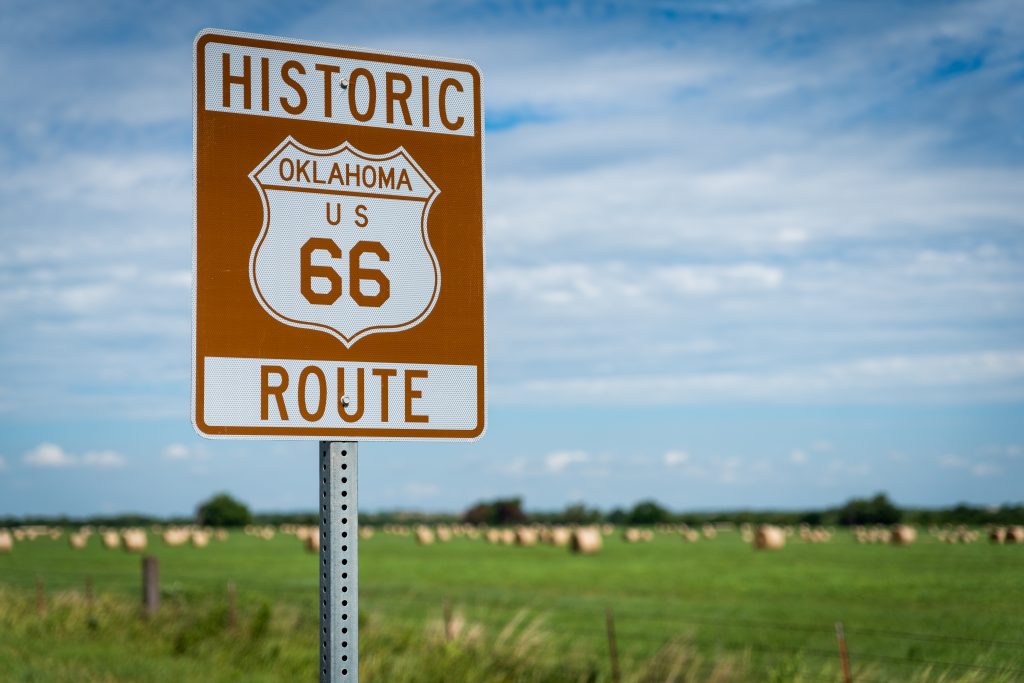
Historic Route 66
The 1,408-mile Historic Route 66, aka “The Mother Road,” travels from east to west, through four states: Illinois, Oklahoma, New Mexico, and Arizona, with Oklahoma having the distinction of being the birthplace of this famous road. The Oklahoma portion is divided into three sections: Eastern, Middle, and Western, and contains more still-drivable miles of the old highway than any other state, according to Road Trip USA. Highlights of OK’s Route 66 include a cast bronze statue of Mickey Mantle, the Blue Whale in Catoosa, the Spanish Revival-style Coleman Theatre (opened in 1929 and listed in the National Register of Historic Places in 1983), Vinita (home to the Eastern Trails Museum) and Elk City, the site of the National Route 66 Museum.
Talimena Scenic Drive
The 54-mile Talimena Scenic Drive runs through Arkansas and Oklahoma, with the Oklahoma portion located in the southeast section of the state in the heart of Oklahoma’s Choctaw Country. Talimena Scenic Drive offers travelers views of forests and mountains as it takes them along the highest points of the Appalachians and the Rockies. Points of interest along the Oklahoma segment include Talimena State Park, Ouachita National Forest, Cedar Lake Recreation Area, and Winding Stair Mountain National Recreation Area. For more, visit the Travel OK website.
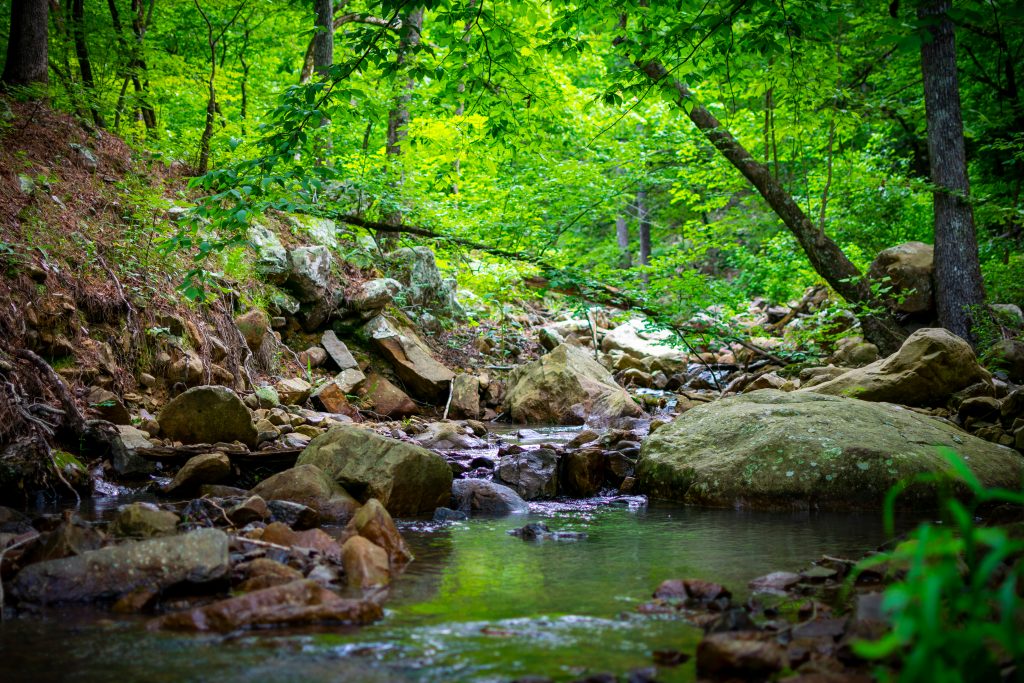
Wichita Mountains Byway
The 93-mile Wichita Mountains Byway, wholly contained within the borders of Oklahoma, runs through the 550-million-year-old Wichita Mountains, home to the largest remnant block of southern mixed grassland and ancient cross-timbers in North America. A key visitor spot is the 35-square-mile Wichita Mountains Wildlife Refuge, one of the oldest managed nature preserves in the nation and home to 50 mammals including the American bison, Rocky Mountain elk, and white-tailed deer. It’s also home to 240 birds, 64 reptiles and amphibians, 36 fish, and 806 plant species. Other notable sites include Fort Sill Military Reservation, Medicine Park Aquarium, the Holy City of the Wichitas, and the Comanche National Museum and Cultural Center.
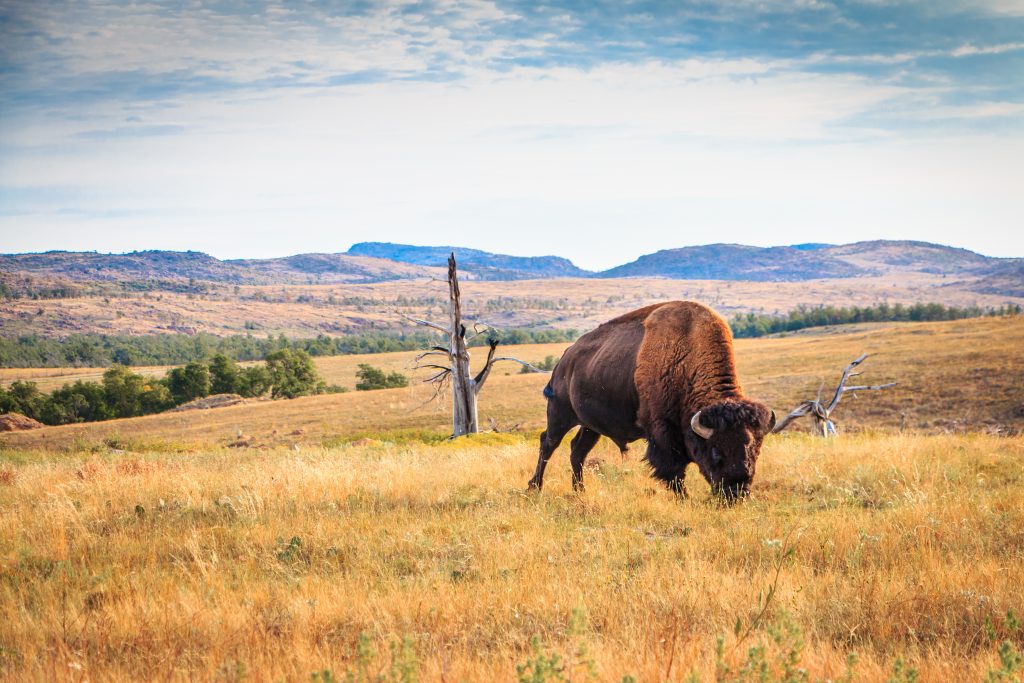
Interesting facts about Oklahoma
(From Infoplease and TravelOK)
Oklahoma is home to 39 federally recognized American Indian nations and ranks behind only California in the size of its Native American population.
The word “Oklahoma” comes from two Choctaw Indian words meaning “red man.”
Originally established as Indian Territory in 1834, in 1890 it was split into Indian Territory and Oklahoma Territory, and then combined in 1907 to become the state of Oklahoma.
The plains of Oklahoma produce wheat, sorghum, hay, cotton, and peanuts, with more than half of its annual farm receipts, come from livestock products.
Oklahoma’s state capitol building has the distinction of being the only capital in the world with an oil well under it. The official name of the well is Capitol Site No. 1 but it’s generally referred to as Petunia No. 1, thanks to its drilling location: in the middle of a flower bed.
The state’s nickname, the “Sooner State,” came from the 50,000 people who came into the area on April 22, 1889, the first day homesteading was permitted.
Notable inventions that came out of Oklahoma include the aerosol can, the parking meter, and the shopping cart, the YIELD sign, the modern-day flight suit, the autopilot, voicemail and the first personal computer.
Recent Articles


